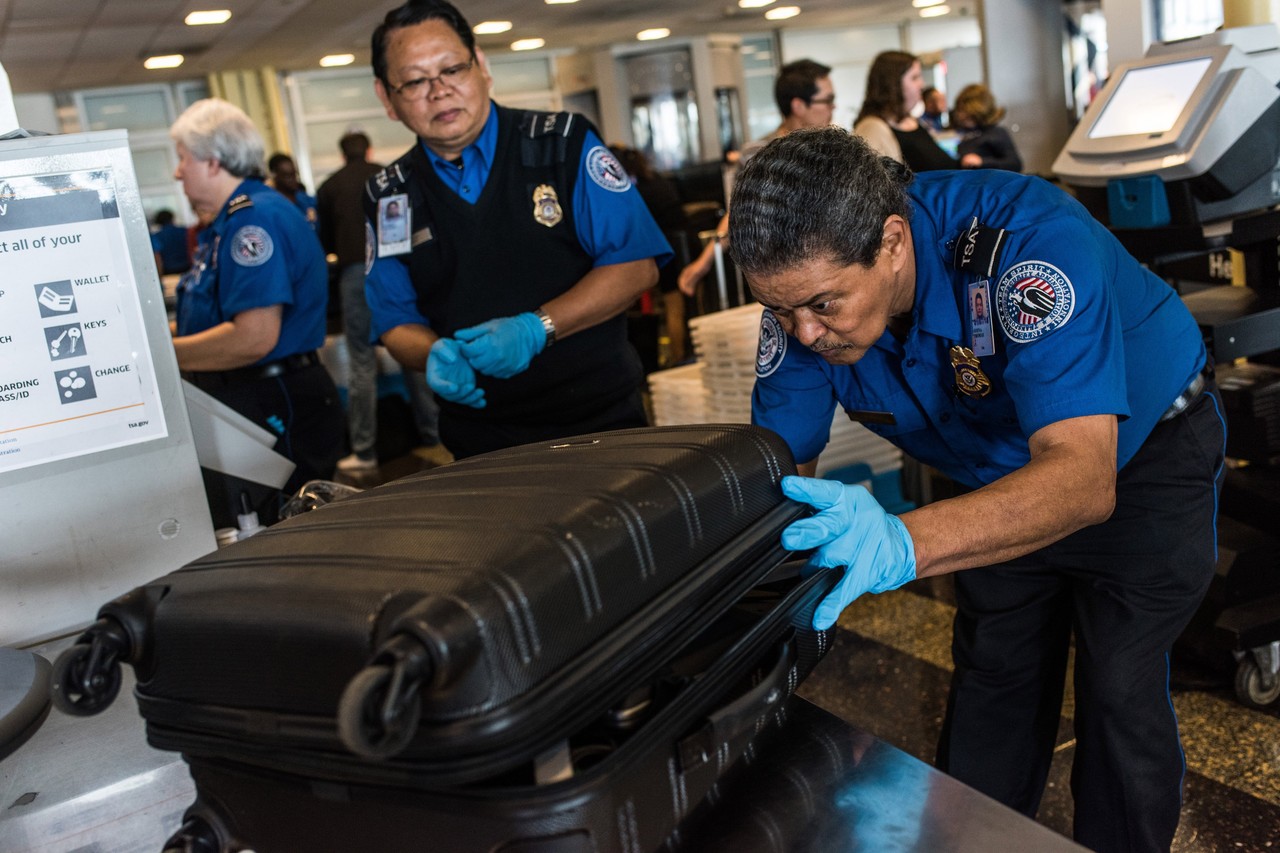
Ever wondered what goes on behind the scenes at airport security? Airport security protocols are designed to keep passengers safe, but they can sometimes feel like a mystery. From the moment you step into the terminal until you board your flight, a series of checks and measures ensure everyone's safety. Why do you have to remove your shoes? What's the deal with liquid restrictions? How do those scanners work? This post will unravel some of the most intriguing facts about airport security, shedding light on the procedures that keep air travel secure. Buckle up as we take off into the world of airport security!
Key Takeaways:
- Airport security has come a long way since the 1970s, with advanced technologies like full-body scanners and behavior detection officers keeping travelers safe.
- Knowing about programs like TSA PreCheck and Global Entry can help travelers breeze through airport security with ease and avoid unnecessary hassles.
The Evolution of Airport Security
Airport security has changed dramatically over the years. From simple metal detectors to advanced body scanners, the measures in place today aim to keep everyone safe while traveling.
-
The first airport security screening was introduced in the 1970s after a series of hijackings. Initially, it was just a basic metal detector and a manual bag check.
-
Post-9/11 changes revolutionized airport security. The tragic events led to the creation of the Transportation Security Administration (TSA) in the United States, which implemented stricter screening processes.
-
Full-body scanners were introduced in 2007. These scanners use advanced imaging technology to detect hidden objects without physical contact.
-
Behavior detection officers are now a part of many airport security teams. These officers are trained to identify suspicious behavior and potential threats through observation.
Screening Procedures and Technologies
Understanding the various screening procedures and technologies can help ease the stress of airport security.
-
TSA PreCheck allows pre-approved travelers to go through expedited screening. Members don't need to remove shoes, laptops, or liquids from their bags.
-
Global Entry is a program for international travelers. It provides expedited clearance for pre-approved, low-risk travelers upon arrival in the United States.
-
Advanced Imaging Technology (AIT) scanners can detect both metallic and non-metallic threats. These scanners create a generic outline of a person to identify hidden objects.
-
Explosive trace detection involves swabbing luggage or hands to detect explosive residues. This method is quick and highly effective.
Baggage Screening and Restrictions
Baggage screening is a critical part of airport security. Knowing what can and cannot be packed can save time and hassle.
-
3-1-1 rule for liquids states that passengers can carry liquids in containers of 3.4 ounces or less, all placed in a single, clear, quart-sized bag.
-
Prohibited items include weapons, explosives, and flammable materials. Even seemingly harmless items like certain batteries can be restricted.
-
Checked baggage screening uses X-ray machines and sometimes manual inspections. Bags may be opened and inspected if something suspicious is detected.
-
Smart luggage with built-in batteries must have removable batteries. Non-removable batteries pose a fire risk and are not allowed in checked baggage.
Passenger Rights and Responsibilities
Passengers have rights and responsibilities when it comes to airport security. Being informed can make the process smoother.
-
Right to privacy ensures that any pat-downs or additional screenings are conducted respectfully and privately if requested.
-
Responsibility to comply with security procedures is crucial. Non-compliance can lead to delays, fines, or even being barred from flying.
-
Medical conditions and disabilities should be communicated to security officers. Special accommodations and alternative screening methods are available.
-
Traveling with children requires additional considerations. Children under 12 can keep their shoes on, and there are family lanes for easier screening.
Global Security Measures
Airport security isn't just a concern in the United States. Different countries have their own protocols and measures.
-
European Union security standards are similar to those in the U.S., with strict screening and baggage checks. However, there are some differences in prohibited items.
-
Israel's Ben Gurion Airport is known for its rigorous security measures. Passengers undergo extensive questioning and multiple layers of screening.
Airport security continues to evolve, adapting to new threats and technologies. Understanding these protocols can help travelers navigate the process with confidence.
Final Thoughts on Airport Security Protocols
Airport security protocols are more than just rules—they're essential for keeping everyone safe. From the moment you step into the terminal, various measures ensure a secure environment. TSA PreCheck and Global Entry programs speed up the process for frequent flyers, while random checks keep everyone on their toes. Body scanners and X-ray machines might seem intrusive, but they catch prohibited items that could pose a threat. Canine units sniff out explosives, adding another layer of safety. Behavior detection officers watch for suspicious actions, making sure nothing slips through the cracks. Knowing these facts can help you navigate the airport with less stress and more understanding. Next time you travel, remember these protocols are in place to protect you and your fellow passengers. Safe travels!
Frequently Asked Questions
Was this page helpful?
Our commitment to delivering trustworthy and engaging content is at the heart of what we do. Each fact on our site is contributed by real users like you, bringing a wealth of diverse insights and information. To ensure the highest standards of accuracy and reliability, our dedicated editors meticulously review each submission. This process guarantees that the facts we share are not only fascinating but also credible. Trust in our commitment to quality and authenticity as you explore and learn with us.


